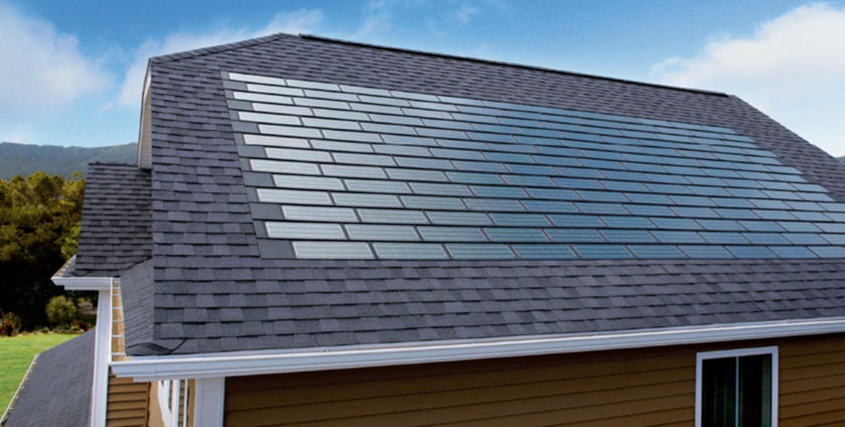Solar panels, also known as photovoltaic (PV) panels, convert sunlight into electricity. There are three main types of solar panels, each utilizing different materials and technologies to capture and convert solar energy. These types are monocrystalline, polycrystalline, and thin-film solar panels.
- Monocrystalline Solar Panels:
- Composition: Monocrystalline solar panels are made from single-crystal silicon, which is derived from a single continuous crystal structure. This results in a more efficient and uniform structure.
- Efficiency: Monocrystalline panels tend to be the most efficient among the three types, meaning they can generate more electricity per square foot of solar panels.
- Aesthetics: These panels often have a sleek black appearance, making them visually appealing and suitable for residential installations where aesthetics matter.
- Space Efficiency: Monocrystalline panels are space-efficient, making them suitable for installations with limited roof space.
- Polycrystalline Solar Panels:
- Composition: Polycrystalline solar panels are made from multiple crystal structures. They are created by melting multiple silicon fragments together to form a single panel.
- Efficiency: Polycrystalline panels are slightly less efficient than monocrystalline panels, but they are more cost-effective to produce.
- Appearance: Polycrystalline panels typically have a bluish tint and a less uniform appearance compared to monocrystalline panels.
- Cost: These panels are often a cost-effective choice for those looking to balance efficiency and affordability.
- Thin-Film Solar Panels:
- Composition: Thin-film solar panels use a variety of materials, including amorphous silicon, cadmium telluride, or copper indium gallium selenide (CIGS). These materials are deposited in thin layers onto a substrate like glass, metal, or plastic.
- Flexibility: Thin-film panels are more flexible and lighter than crystalline panels, allowing for creative and versatile installation options.
- Efficiency: Historically, thin-film panels have been less efficient than crystalline panels, but ongoing research and development aim to improve their efficiency.
- Applications: Thin-film panels are often used in large-scale solar projects, where their lower efficiency is offset by lower production costs and the ability to cover large surface areas.
Choosing the right type of solar panel depends on factors such as space availability, budget, and efficiency requirements. Advances in technology continue to improve the efficiency and cost-effectiveness of solar panels, making them an increasingly viable and sustainable energy option.


